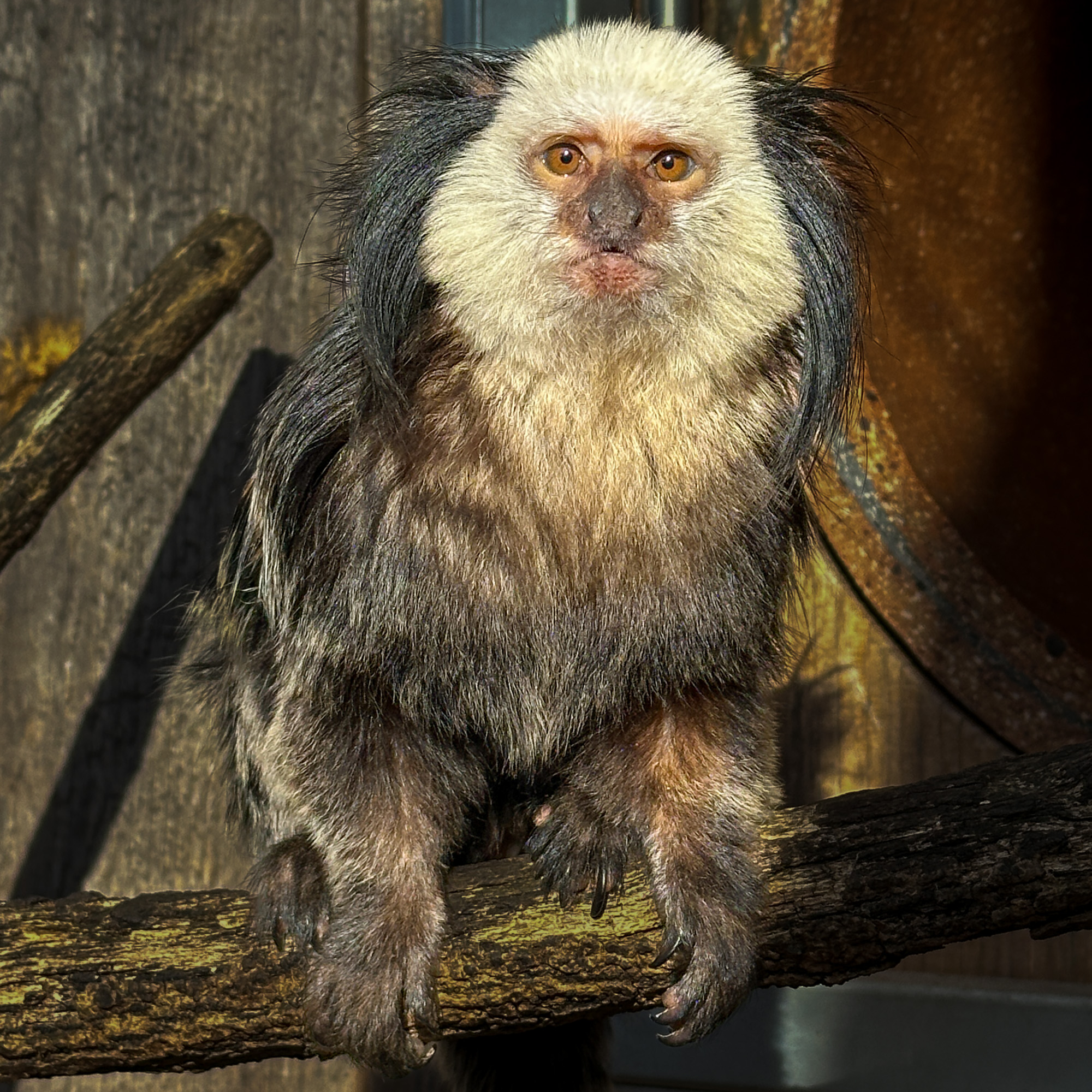- Geoffrey’s Marmosets, including their habitat, diet, and behavior
- Adaptation of Geoffrey’s Marmosets to seasonal changes
- The concept of germline chimerism and fraternal twinning in marmosets
- Importance of environmental awareness and conservation in protecting marmoset habitats
- Role of zoological parks and conservation efforts in the preservation of marmoset species
Geoffrey’s Marmosets are a captivating species from eastern Brazil, known for their fascinating ecology and behaviors. As part of the larger Callitrichidae family, they share their lineage with twenty-two different species of marmosets that inhabit the rainforests of South America. The various countries that house these primates include Bolivia, Brazil, Colombia, Ecuador, Paraguay, and Peru. Marmosets have evolved to thrive in these lush, dense forests, where they play their roles as frugivores and insectivores, primarily consuming fruits, insects, and tree gum. In particular, Geoffrey’s Marmosets, also referred to as White-headed or Tufted-ear Marmosets, exhibit unique dietary and physical characteristics that attest to their evolutionary adaptations.
These small primates, with their distinctive tufted ears and white facial markings, are well-suited to their arboreal lifestyle. Their primary diet of tree sap and gum reveals their specialized incisors, which allow them to gouge tree bark. This adaptation ensures they can access a reliable food source, even when fruits and insects are scarce. The diet of Geoffrey’s Marmosets reflects their profound connection to their habitat, emphasizing the necessity of preserving these environments. In safeguarding the rainforests, we protect not only the marmosets but also the myriad of other species that depend on this ecosystem.
With temperatures expected in the high 60s tomorrow, Geoffrey’s Marmosets will soon enjoy the opportunity to bask in the warm weather. After enduring a winter confined indoors, their eager anticipation for spring is palpable. As temperatures rise, these new world monkeys benefit from the chance to engage in more active foraging and social behaviors typical of their natural habitats. Such environmental shifts are integral in understanding their behavioral ecology, as seasonal changes can affect their feeding patterns, breeding, and social structures. In captivity, providing conditions that simulate their native climate is crucial for their well-being.
Remarkably, marmosets are known for a unique biological phenomenon known as germline chimerism. This trait refers to an instance where an organism’s germ cells—sperm or egg—differ genetically from the somatic cells of the rest of the organism. Almost invariably, marmosets give birth to fraternal twins. During gestation, twins exchange cells through placental circulation, which leads to chimerism. This exchange may confer unknown benefits, possibly contributing to genetic diversity within populations. Understanding this biological curiosity offers insights that could extend to broader genetic and reproductive research in primates and other mammals.
The peculiar biology and captivating lifestyle of Geoffrey’s Marmosets underscore the importance of environmental awareness and conservation efforts. Deforestation, habitat fragmentation, and climate change pose severe threats to their survival. Conservation strategies must prioritize actions that mitigate these impacts, ensuring the preservation of rainforests and marmoset habitats. Protecting these ecosystems involves not only defending against deforestation but also implementing sustainable land-use practices that allow humans and wildlife to coexist.
Zoological parks play a pivotal role in these conservation and educational efforts. Through the management and breeding of species like Geoffrey’s Marmosets, zoos contribute significantly to the preservation of endangered species, providing genetic reservoirs and engaging in research that can aid wild populations. Additionally, through education and public engagement, zoos raise awareness about the ecological significance and conservation needs of species like the Geoffrey’s Marmoset.
The temperature rise tomorrow represents more than a pleasant day for these creatures. It symbolizes the broader environmental changes that they face in both natural and managed settings. Ensuring that future generations can continue to enjoy and study Geoffrey’s Marmosets hinges on concerted conservation actions and an increased understanding of their complex biology. By combining scientific research, habitat protection, and public education, we can strive to preserve these captivating primates and their rainforest homes for years to come.
*****
Source Description
With temperatures expected in the high 60’s tomorrow, our Geoffrey’s Marmosets will be enjoying the warm weather outside. After spending most of the frigid winter indoors, we are sure these little new world monkeys are looking forward to spring and summer. They are pictured here during a warm day last week.
Marmosets are made up of twenty-two different species, all part of the family Callitrichidae, and are native to rain forests of South America, in Bolivia, Brazil, Columbia, Ecuador, Paraguay, and Peru. Marmosets exhibit germline chimerism, when an organism’s germ cells (sperm or egg cells) are not genetically identical to its own, and almost always give birth to fraternal twins.
Geoffrey’s Marmosets are native to eastern Brazil where they eat fruits, insects and the gum of trees. They are also known as White-headed or Tufted-ear Marmosets.


